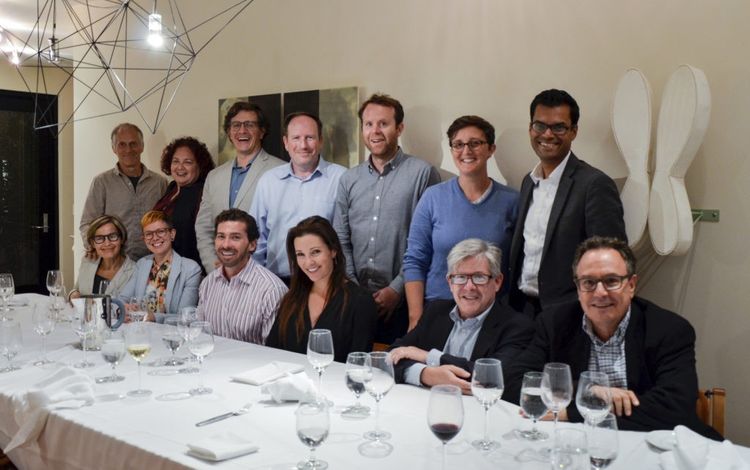First there were products, then services, and now experience environments.
According to a new MIT study, innovation is veering away from an emphasis on products and services, and toward “experience environments.” Today’s cell phone, for example, is also an e-mail device, text messenger, electronic organizer, handheld computer and camera. So—is it a product or an environment? Neither value nor innovation can be sustained through a company-centric, product- and service-oriented prism, according to the study. A new point of view is required, which allows consumers to actively co-create their consumption experiences through personalized interaction, thereby co-creating unique value for themselves. Experience environments are made possible by today’s networked society, in which products—and consumers—interact, communicate and collaborate. Take GM’s OnStar technology. Because it’s integrated with the vehicle, with complete access to all its circuitry, OnStar can not only unlock car doors remotely and track down a stolen vehicle, it can enhance even routine driving experiences with the full cooperation of vehicle occupants. For example, OnStar’s access to satellite data tells it your exact location at any given moment, so it can recommend places to eat, shop and sleep. Embracing these kinds of experience environments allows companies to create great value through profitable growth. That’s good news in an era marked by intense competitive pressure and shrinking profit margins.
